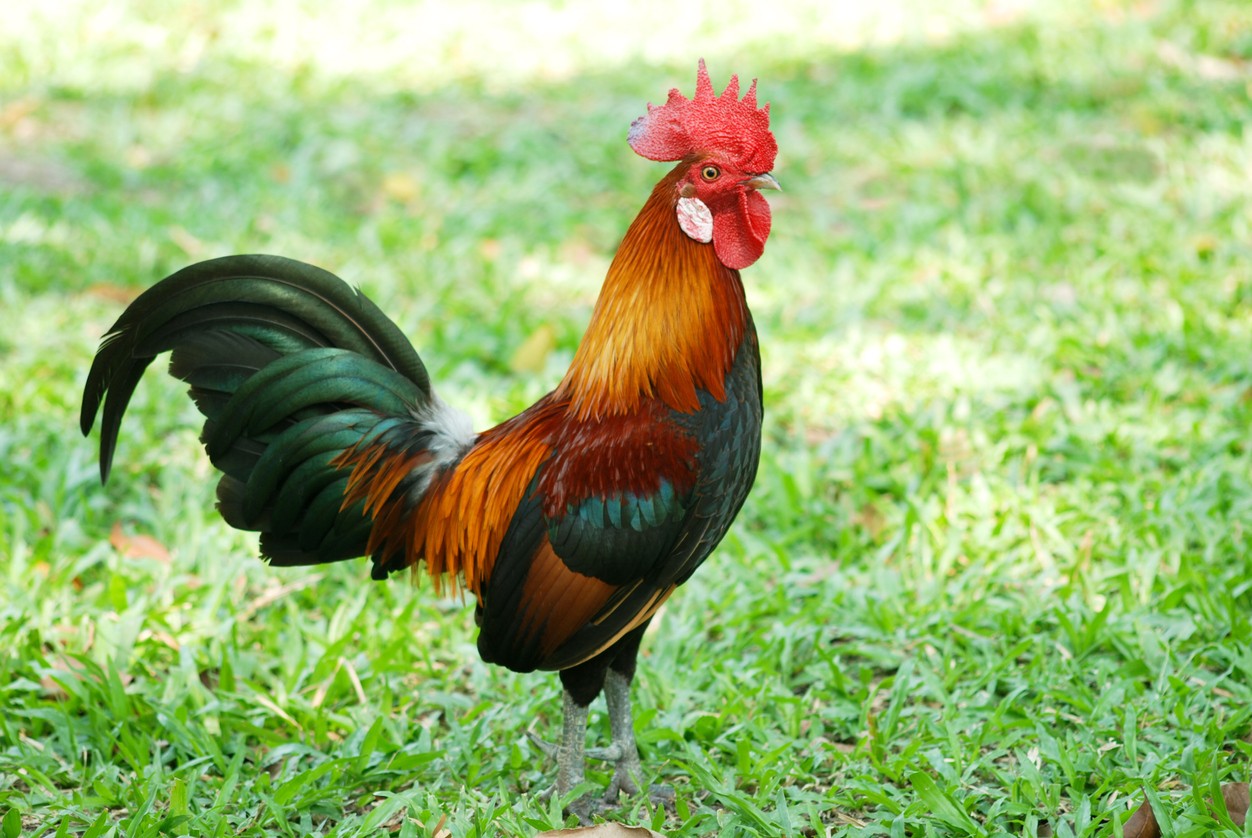Red Junglefowl
A species of Junglefowl Scientific name : Gallus gallus Genus : Junglefowl
Red Junglefowl, A species of Junglefowl
Botanical name: Gallus gallus
Genus: Junglefowl
Content
Description People often ask General Info

Description
The red Junglefowl is actually the wild ancestor of the most abundant and probably most important bird species in the world—the chicken. It inhabits tropical and subtropical forests, including monsoon forests. It's a highly sociable species that lives in large groups, where the most impressive male gets the highest rank and usually has a harem of 4-5 females during the mating season.
Size
64 - 71 cm
Life Expectancy
30 years
Nest Placement
Ground
Feeding Habits
Red Junglefowl has a varied diet including fruits, seeds, leaves, roots, tubers, arthropods, invertebrates, and small vertebrates. Chicks primarily consume insects and earthworms. Red Junglefowl exhibits diverse foraging behaviors and may also ingest mammalian feces.
Habitat
Red Junglefowl thrives in tropical and subtropical environments, from lowlands to montane forests reaching 2400 meters. Preferred habitats include disturbed forests, forest edges, and areas impacted by human activities, like slash-and-burn farming. These birds favor terrains that are flat or slightly sloped and often inhabit regions with bamboo or scrublands near human settlements. They demonstrate clear habitat preferences, choosing more humid forests when sharing territory with related species.
Dite type
Omnivorous
People often ask
General Info
Feeding Habits
Bird food type
Behavior
Red junglefowl regularly bathe in dust to keep the right balance of oil in their plumage. The dust absorbs extra oil and subsequently falls off. Flight in these birds is almost purely confined to reaching their roosting areas at sunset in trees or any other high and relatively safe places free from ground predators, and for escape from immediate danger through the day. 
Distribution Area
The range of the wild form stretches from India eastwards across Indochina and southern China, into Malaysia, Singapore, the Philippines, and Indonesia. Junglefowl were one of three main animals (along with the domesticated pigs and dogs) carried by early Austronesian peoples from Island Southeast Asia in their voyages to the islands of Oceania in prehistory, starting at around 5,000 BP. Today their ancient descendants are found throughout Micronesia, Melanesia, and Polynesia. 
Species Status
Not globally threatened.

